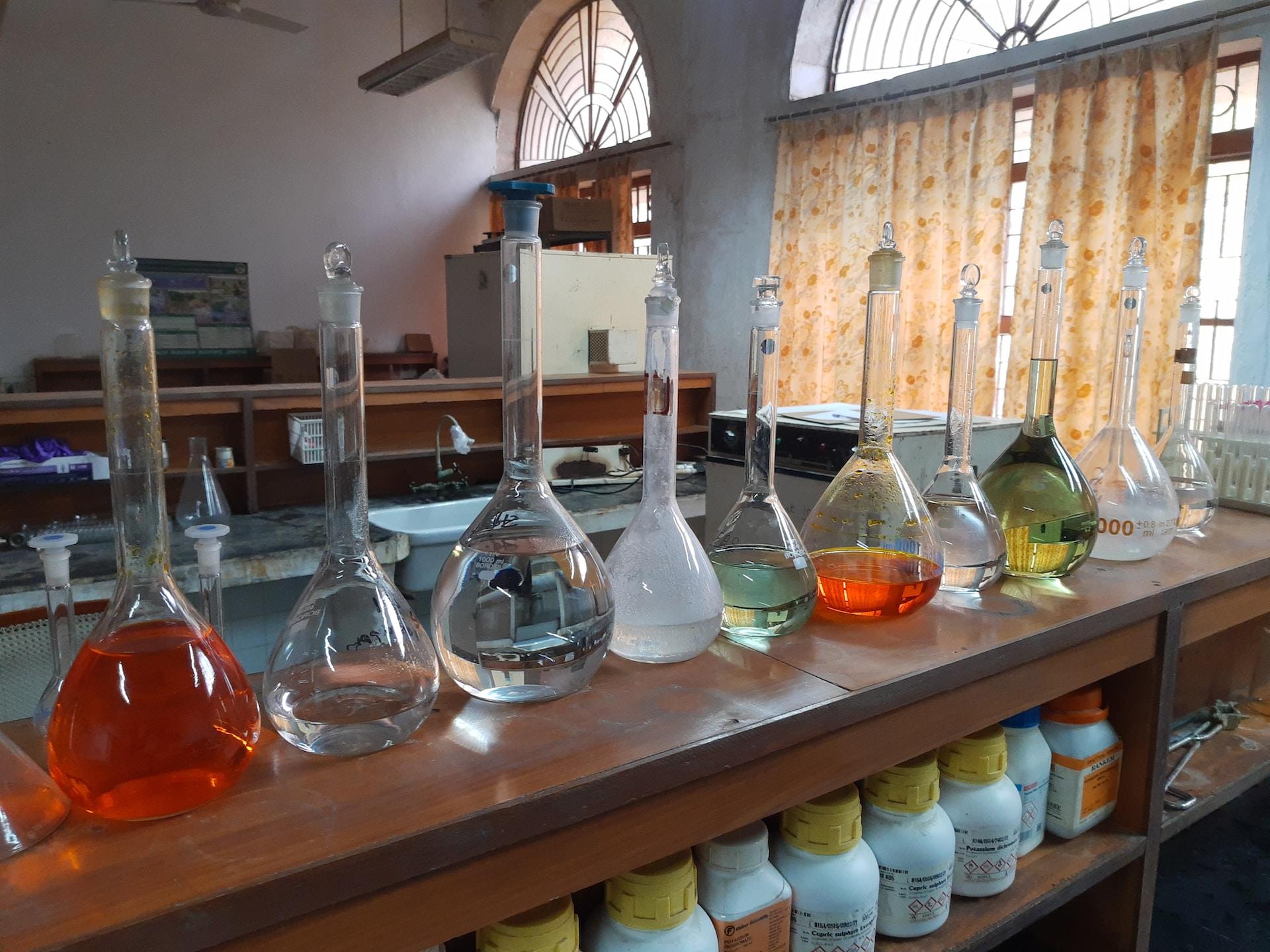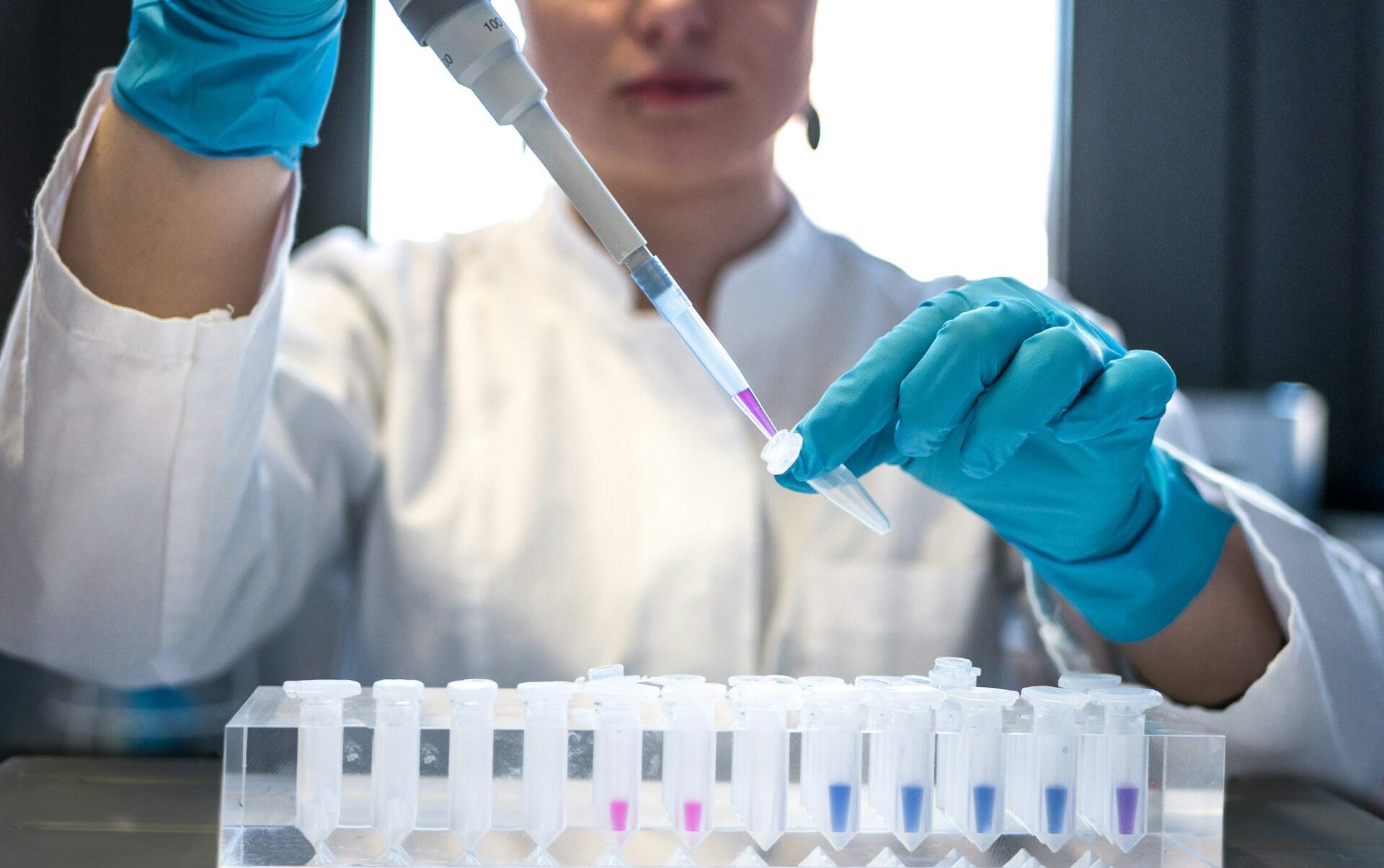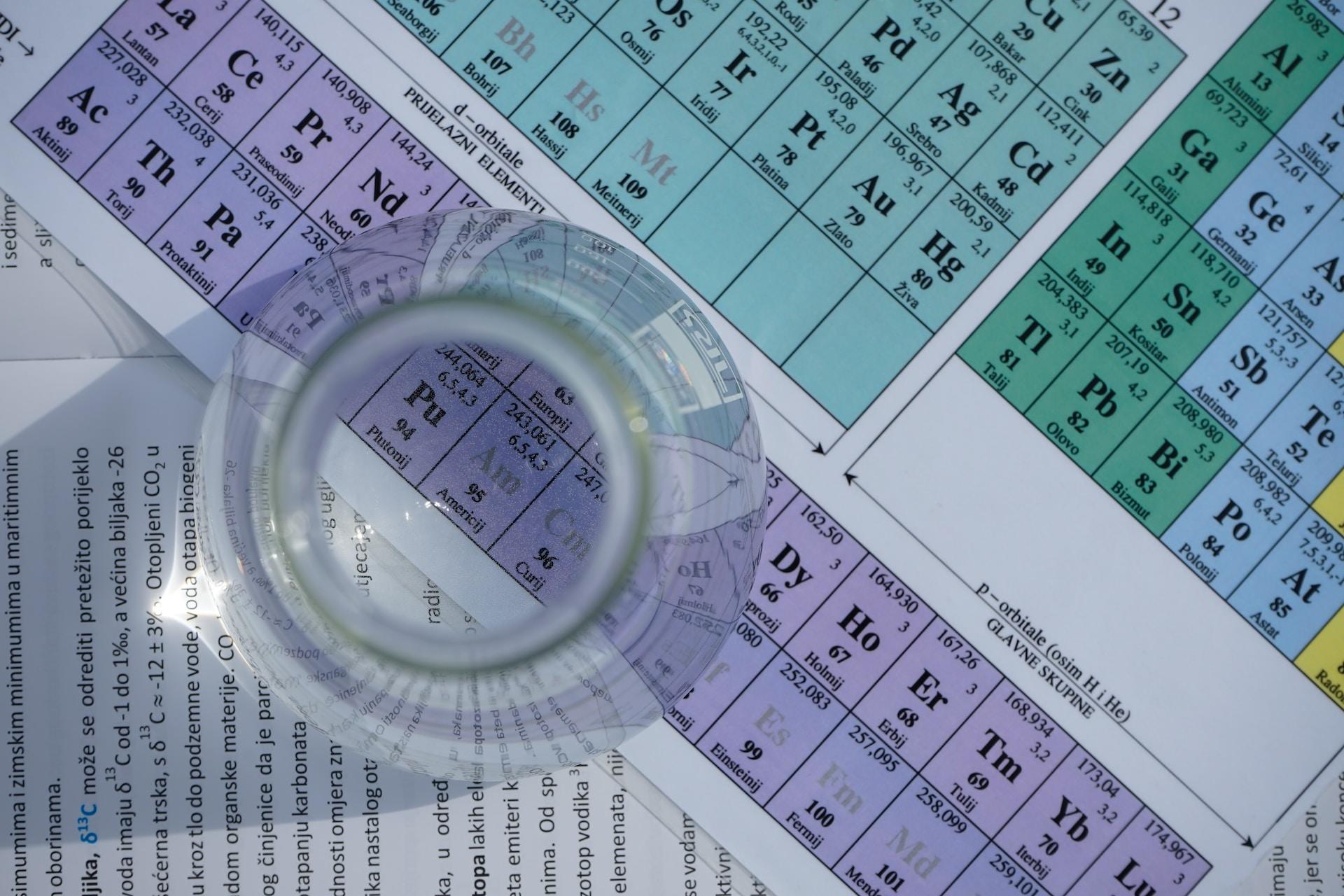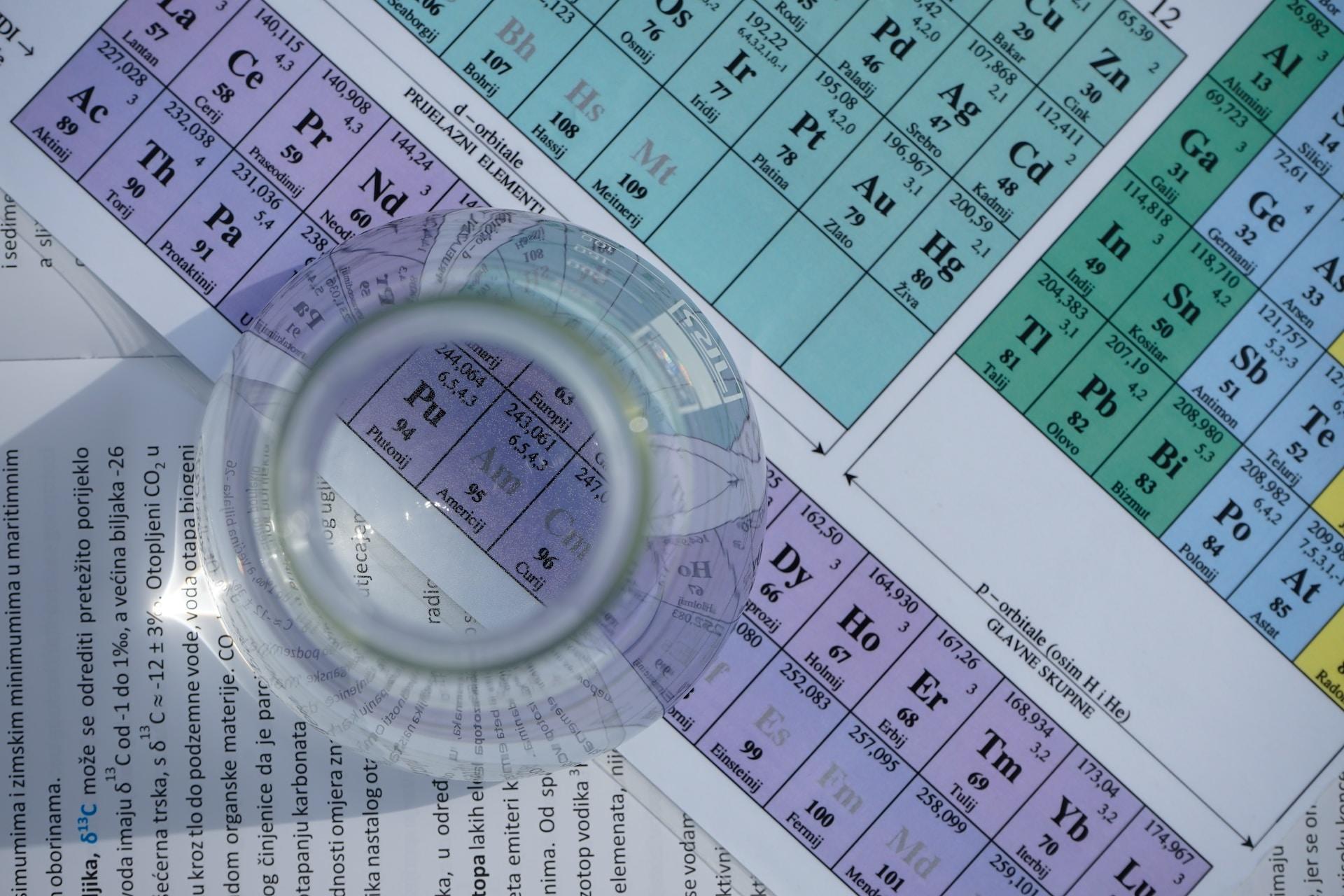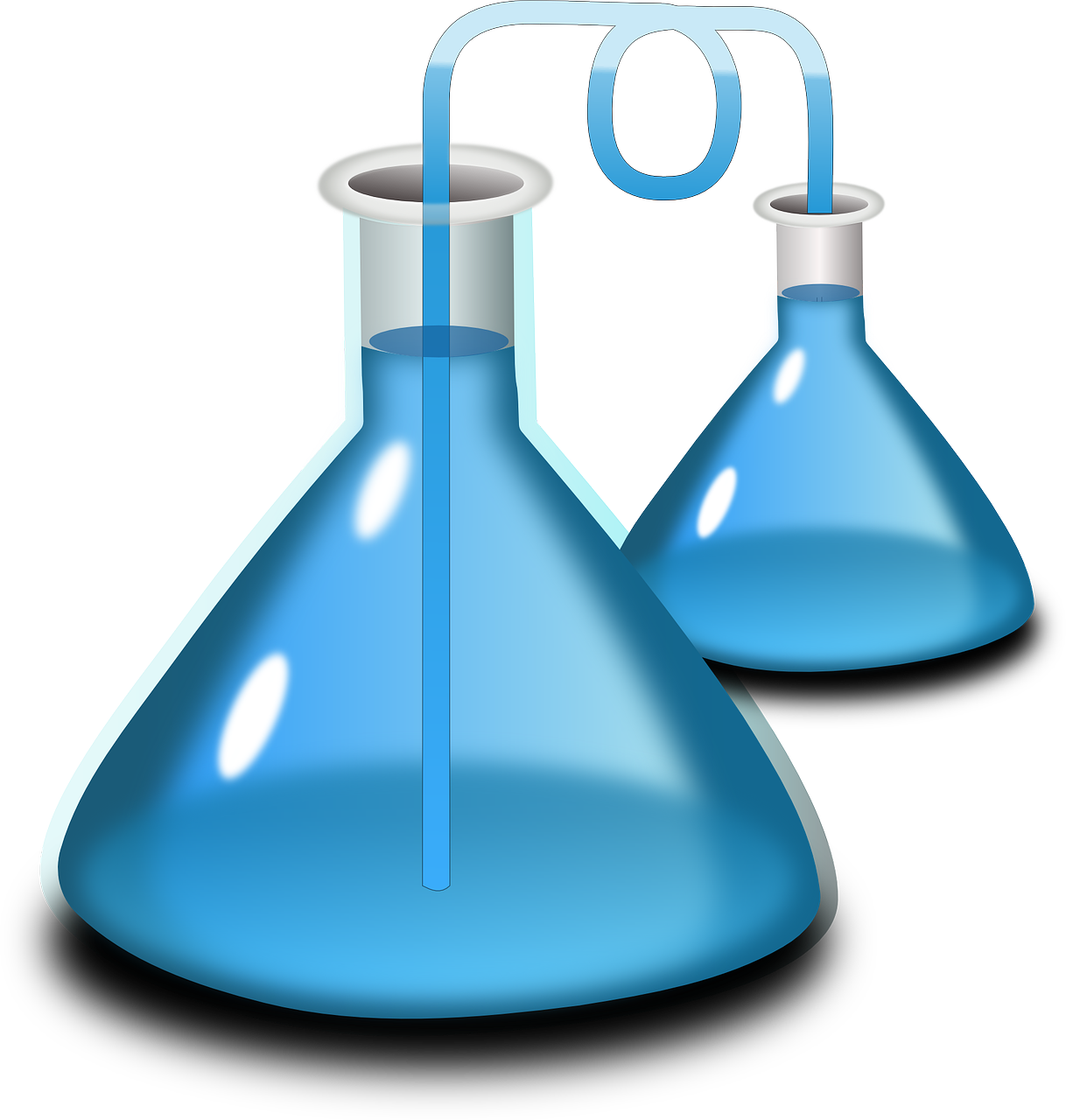Most students have a system for choosing their Higher School Certificate (HSC) courses. They think about how each course fits into their future study and work plans, whether they find the subject interesting and how easy it might be to score high marks. Students in the know pick a blend of 'easy' and 'hard' courses. That system lessens their study load and reduces the energy to excel in every subject.
Often, students find courses that interest them easier to engage with and learn from. They don't need to work hard on HSC exam revision to earn good marks in those subjects; they can schedule more time for their more challenging ones. HSC Chemistry is one such example.
High school chemistry studies have been around for decades but HSC Chemistry underwent a change. In 2018, the New South Wales Education Standards Authority (NESA) rewrote its chemistry syllabus and exam. Now, this course aligns more closely with university Chemistry content so students will have an easier time going from one level to the next. But nobody is quite sure what the new course entails so this article sets out everything you need to know about the HSC Chemistry syllabus and exam.

Intro to HSC Chemistry: Is it Hard?
The new-edition HSC Chemistry syllabus and exam underwent their change five years ago. That gives us four years of exam data to analyse and, from those numbers, we get our responses. The exam comprises 36 questions from which students may earn up to 100 points. The data shows that the majority of candidates fall within the 70-80% range; not a bad number range for a science subject.
Again going by the data, HSC Chemistry is not the hardest HSC subject. HSC Maths Extension 2 has a much lower marks range and fewer pupils choose that course. These statistics show that Chemistry course content is not hard to master. But it is a challenging course because it focuses on building an understanding of chemistry concepts. Typically, mastery of school subjects revolves around memorising information but this new course focuses on understanding using one's knowledge.
Unlike many other subjects, you won't have to remember reams of knowledge to write correct exam responses. You will have to train your brain to think scientifically and develop a methodical approach to solving problems. You might say that abandoning traditional learning methods is the most challenging part of HSC Chemistry. But this new syllabus content seems to make the science concepts easier to grasp.

The HSC Chemistry Syllabus and Exam
HSC Chemistry spans eight learning modules. The first four modules cover the structure of matter and its properties, reactive chemistry and reaction drivers. Students also get an introduction to quantitative chemistry. All of this content is covered in Year 11.
Year 12 covers the content in the last four study modules. These topics include organic chemistry, acid and base reactions and equilibrium and acid reactions. The syllabus' last learning module is titled Applying Chemical Ideas. It's rather fitting that it should come last; it's an apt summary of what's expected of you, going into the exam room.
As mentioned in the last segment, success on this revamped exam depends on how well you understand and apply chemical concepts. The revision strategies and resources you used for other exams won't all serve you well for this subject. For example, flashcards are great to help you remember facts but they don't help when it comes to applying knowledge.
Ensure that you comprehend all the scientific concepts you need to know with help from a chemistry tutor online.
For this test, knowing how to use what you know matters the most. You'll have lots of equations to solve and graphs to analyse so you need to do those tasks well to earn high marks. Your revision strategy should include solving lots of equations - working through the steps, changing the variables and so on, until you can whip right through them.
This exam also tests you on how well you connect chemistry concepts. To prepare for this aspect, mind maps are your most effective revision resource. You might organise chemistry information according to syllabus dot points or create a mind map for each study module.
You should also make liberal use of your syllabus content; it notes each study module's important takeaways. Most of your exam questions will be over the content highlighted in the syllabus dot points so use this resource to your advantage. As you revise for your HSC Chemistry exam, make this your system to guide your studies.

HSC Chemistry Past Papers
Unlike other HSC exams you might download past papers for, your Chemistry test only offers four years' worth. That's because when NESA overhauled the Chemistry course curriculum, they scrubbed all of the outdated past papers from their site. The move is meant to keep students from revising old information.
Plenty of outlets make past papers available but to avoid revising outdated Chemistry papers, you should download only from the NESA website.
Once you've downloaded an exam pack or two, direct your energy to the section labelled 'Marking Feedback'. You'll first read the general recommendations examiners offer exam candidates. And then, you'll read examiners' thoughts on student responses and advice on how they could have scored better on selected questions.
There's no download option for the 'marking feedback' section so you'll have to copy/paste it into a document. Once you've done that and printed it out, compare the feedback to the example questions with what examiners wrote in the marking guidelines for those questions.
The marking guidelines give you a more comprehensive idea of to improve your pass rate on your ordeal.
Get help with your studies with year 12 chemistry tutors on Superprof.
You don't have to act on that information right away, especially if you're just starting Year 12. But you might use it to plot your mind maps and make notes on your syllabus about what content you should give special emphasis to.
It's also a good idea to find the question on the past paper and visualise how you could use that feedback example to formulate your responses.
Whatever you do, don't use HSC Chemistry past papers and marking guidelines only for mock exams. This new course tests the student's ability to organise, assess and use chemical information. Drawing as much data as possible from every given source is an example of a working scientist's duties.
When you use these resources to their maximum potential, you exercise the scientific method of information gathering.
Study past papers and more with the help of chemistry tutors Sydney.

Intro to HSC Chemistry Data Sheet
As you well know, every HSC test booklet lists a number of instructions on the very first page. The last example states: "A formulae sheet, data sheet and Periodic Table are provided at the back of this paper". If ever you needed proof that this exam isn't about memorising chemical formulas and data, this document should do it.
When you download and print past papers, you will have a copy of this data sheet to make notes on. You'll find that no formula lists what it's meant to calculate; you'll have to remember what each formula is used for. Also, as generous as this data sheet is, it doesn't contain every formula you'll need for your test responses. Flashcards are great for formula memorisation.
Your first reaction to this document might be that it's generous of NESA to make this cheat sheet available. And imagine the questions you could answer using the periodic table of elements. There's no question this table is the most renowned symbol of chemical study; even people with no aptitude or engagement with chemistry know what it represents. But you know more about it; for example, how you can use it to help you calculate molar mass, among a host of other exam responses.
The Data Sheet's third page is an odd inclusion on a paper meant for Year 12 exam candidates. It lists a fair number of standard potentials - for nickel, magnesium and iron among them. The only question is why include Year 11 content in the Higher School Certificate exam packs?
Remember that learning how to connect chemistry concepts is one of this course's objectives. You may have studied and tested on reactions, equilibrium and standard potentials during Year 11. Those skills and this data pertain to your ongoing knowledge-gathering efforts. You won't use this page much if at all when you sit exams but it is still good to have this content.
Other information such as absorption and chemical shift data will come in very handy, as will the UV absorption tables featured at the bottom of page 2. You'll note that the given values for UV absorption are limited to the ones most frequently used; the list is not comprehensive. If you decide that you need to know them all, notes and flashcards could help you here, too.
HSC Chemistry is a challenging course but not because the course content is daunting. Its challenge lies in change; in pivoting away from standard student study methods to embrace a scientific mindset.
The HSC Chemistry data sheet fits into that perspective; even Marie Curie used reference materials as she worked.

